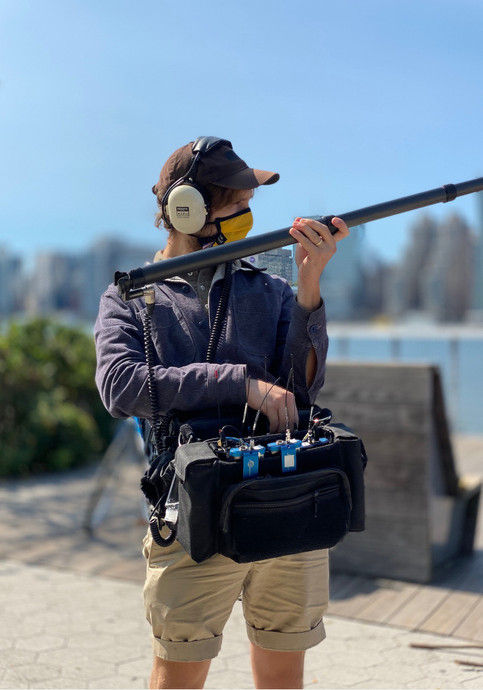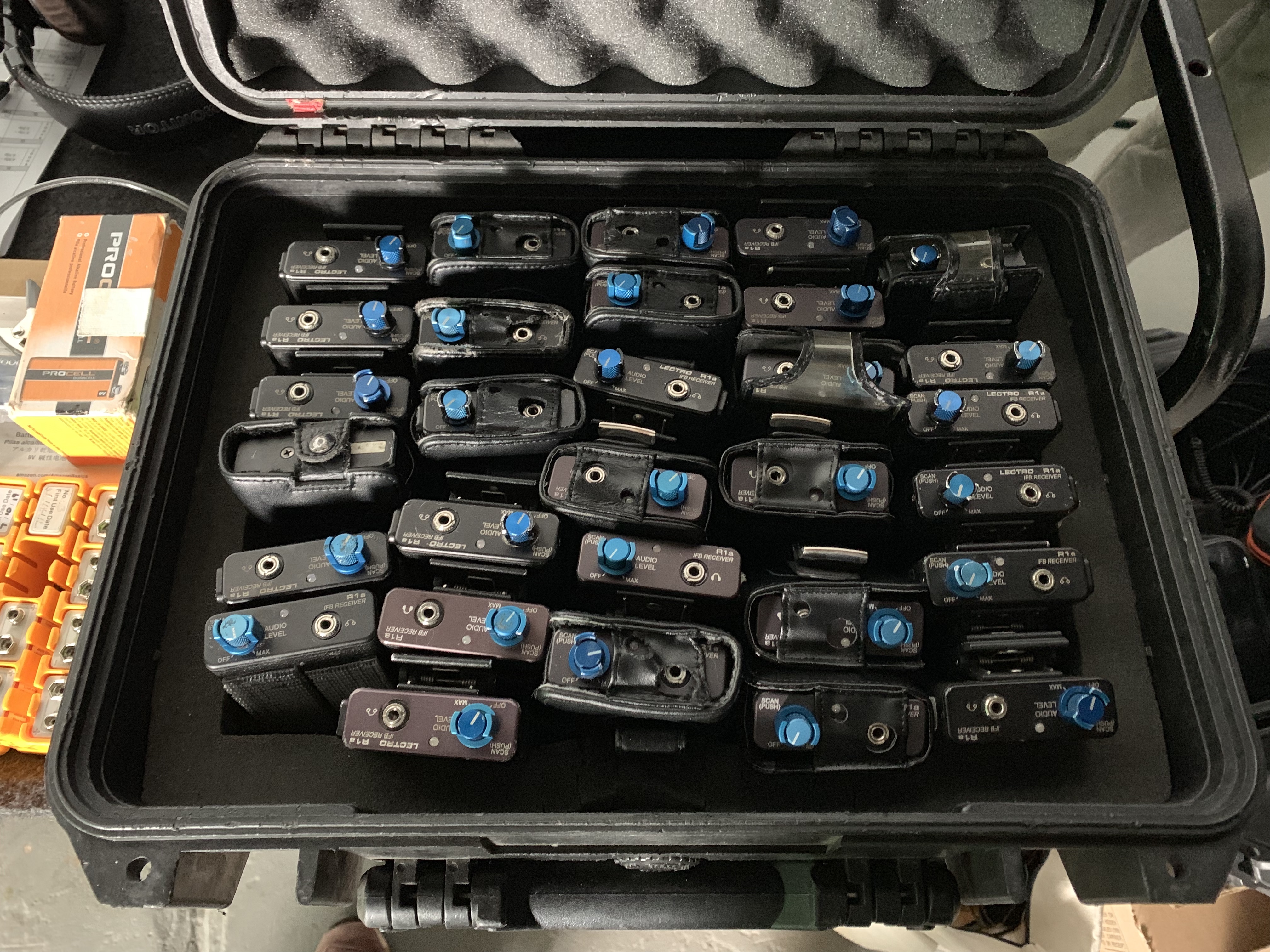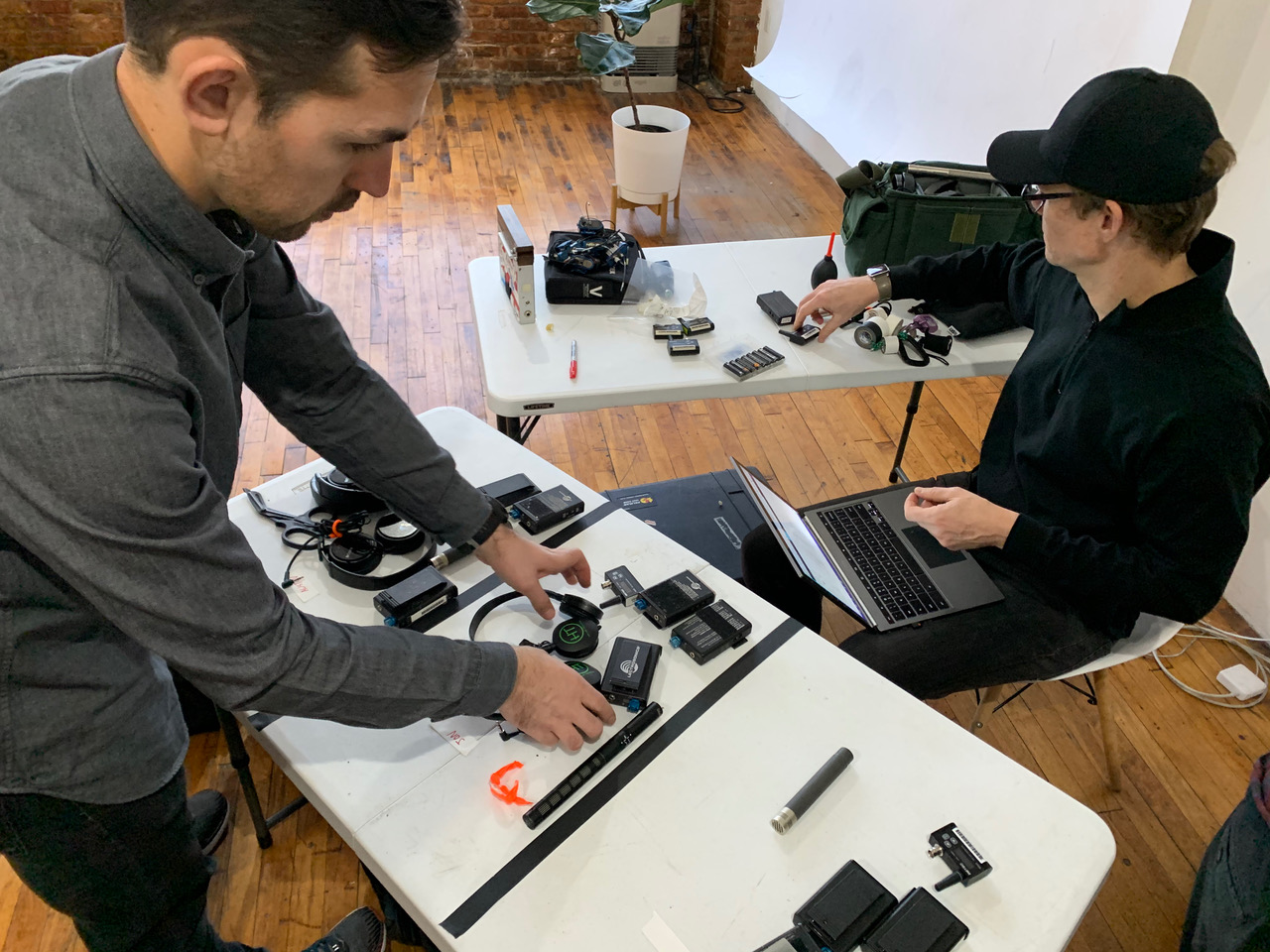The Sound Co-op explains how they are reimagining production mixing in the Covid-19 era with Lectrosonics, and why the kit comes through for them every time.
New York’s The Sound Co-op started in 2015 as the brainchild of a post-work discussion between members Phil Shipman and Jon Moore. Their vision was a sound mixing company that, through cooperation, could be a win for both production companies and for sound mixers themselves.
At its core then and now is the belief that together they can be stronger and better, and that co-operation, not competition, could create both a company that would support better quality work for its clients from call, to booking, to shoot, to billing, and also camaraderie, mutual support, learning, growth and change for themselves as a team.
“Our Co-op is a legal structure,” begins chief financial officer, Shipman. “It’s just like how some apartment buildings and food stores are co-ops. We’re not only worker-owned, but democratically controlled. In a for-profit company, owners take profit based on the share of the company they own. Here, each sound mixer takes revenue based on how much they work.”
“We realised that we didn’t have to ask anyone else to create that economy, we could do it ourselves,” adds Austin Plocher, CMO at The Sound Co-op.
“So, starting an alternative to solo freelancing, as well as an alternative to something like New York's union for sound mixers which, when we formed, was actually frozen shut to new members, was important to us.”
What sets the company apart from others is that first and foremost, they have formed a company in an industry of freelancers.
“It’s a company owned by its workers and wholly democratically governed; we all make the decisions together,” Plocher points out. “All of us were used to being our own boss, and we still are, but now we share that boss-ness with each other, and we help each other grow as individuals and as a company.”







